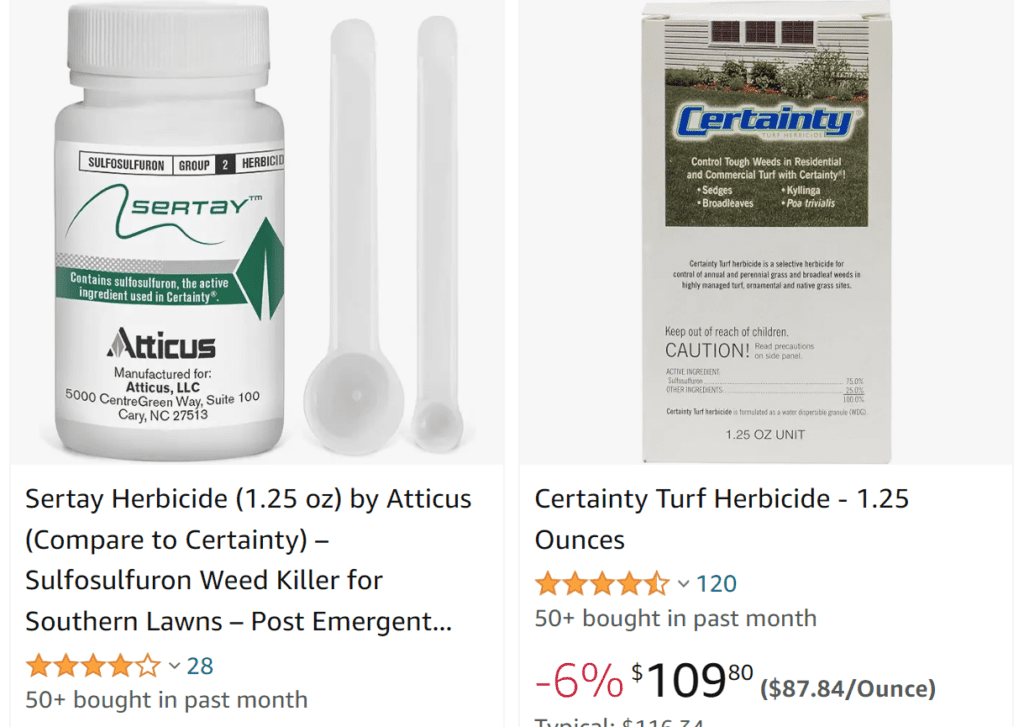Bermuda grass (Cynodon dactylon) is a popular choice for lawns and sports fields due to its lush green appearance and resilience. However, even the hardiest grasses can face challenges, and one common issue that affects Bermuda grass is mite infestations. These tiny arachnids, known as Bermuda grass mites (Eriophyes cynodoniensis), can cause significant damage if left untreated. Fortunately, there is an effective solution: Abamectin. In this blog post, we’ll explore what Bermuda grass mites are, how to identify their presence, and how to control them using Abamectin.
Understanding Bermuda Grass Mites
Bermuda grass mites are microscopic pests that feed on Bermuda grass, causing a variety of problems such as yellowing or bronzing of the grass, stunted growth, and a generally unhealthy appearance. These mites are most active during warm and dry conditions, which are common in the summer months.
Identifying Bermuda Grass Mite Damage
To determine if your Bermuda grass is infested with mites, look for the following signs:
- Yellowing or Bronzing: Infested areas may turn yellow or bronze, giving your lawn an unhealthy appearance.
- Stunted Growth: Affected grass may appear stunted or stop growing altogether.
- Fine Webbing: In severe infestations, you might notice fine webbing on the grass, which is a telltale sign of mite activity.
Controlling Bermuda Grass Mites with Abamectin
Abamectin is an effective chemical control option for Bermuda grass mites. Here’s how to use it:
1. Timing is Crucial: Apply Abamectin when mite activity is at its peak, usually during the warmer months. Early detection and treatment are essential for successful control.
2. Read the Label: Always carefully read and follow the label instructions on the Abamectin product you choose. This ensures safe and effective application.
3. Mix and Apply: Prepare the Abamectin solution according to the instructions on the label. Use a sprayer for even distribution. Ensure thorough coverage of the affected areas.
4. Safety Precautions: Wear appropriate protective clothing, including gloves and eye protection, when handling Abamectin. Keep pets and children away from treated areas until they are completely dry.
5. Monitor and Repeat if Necessary: After the initial treatment, monitor your lawn for signs of improvement. If mite activity persists, follow the recommended reapplication schedule specified on the product label.
6. Lawn Maintenance: Healthy lawns are more resilient to mite infestations. Maintain proper watering, fertilization, and mowing practices to promote Bermuda grass health.
7. Consider Professional Help: If the infestation is severe or persists despite treatment, consider consulting a professional lawn care service with experience in managing mite infestations.
Conclusion
Bermuda grass mites can be a nuisance, but with the right approach, you can protect your beautiful lawn. Abamectin is a valuable tool in the battle against these pests, but it’s essential to use it correctly and in accordance with the label instructions. Remember that prevention and proper lawn care practices are key to keeping your Bermuda grass healthy and resilient against mite infestations.



